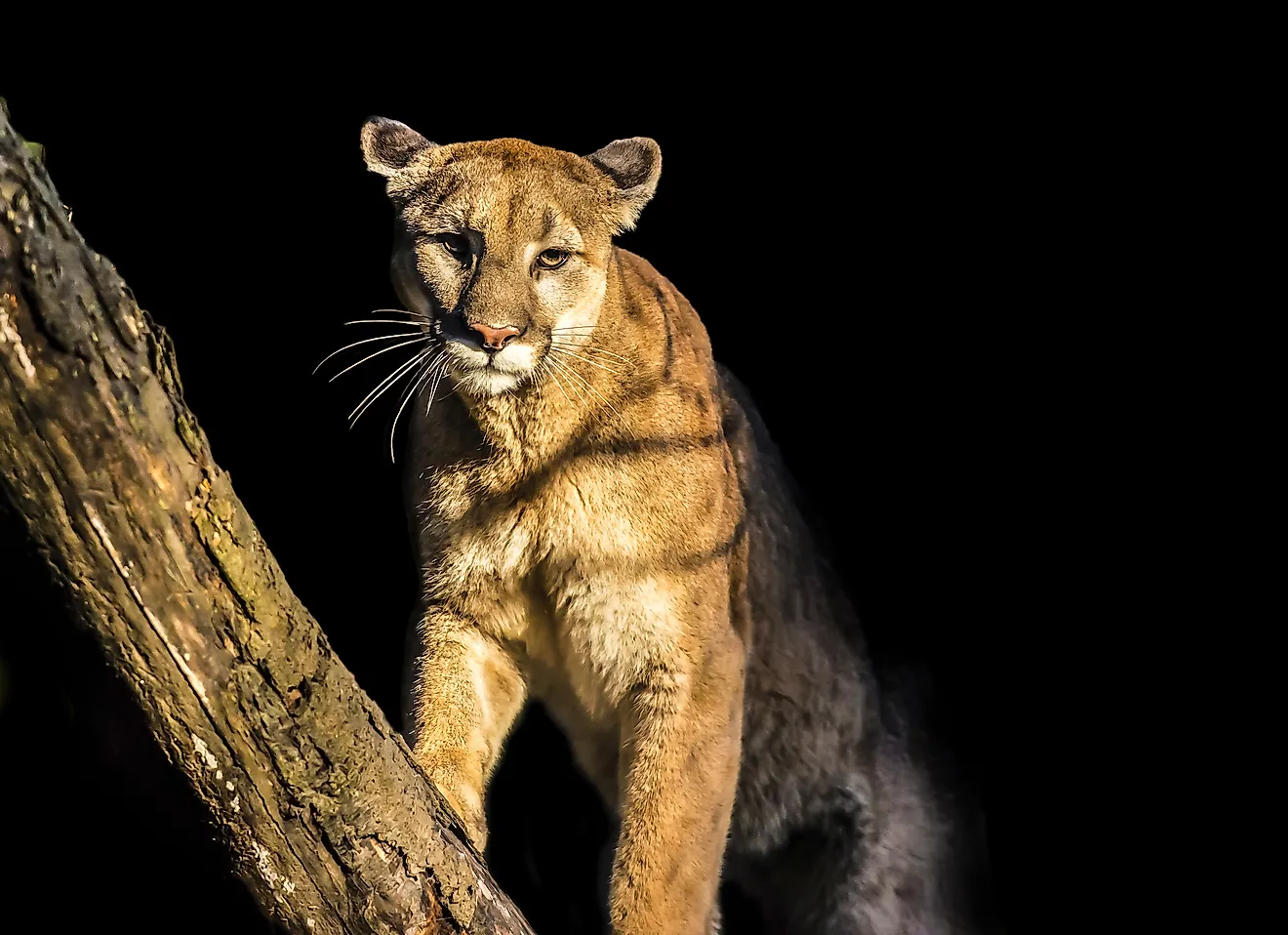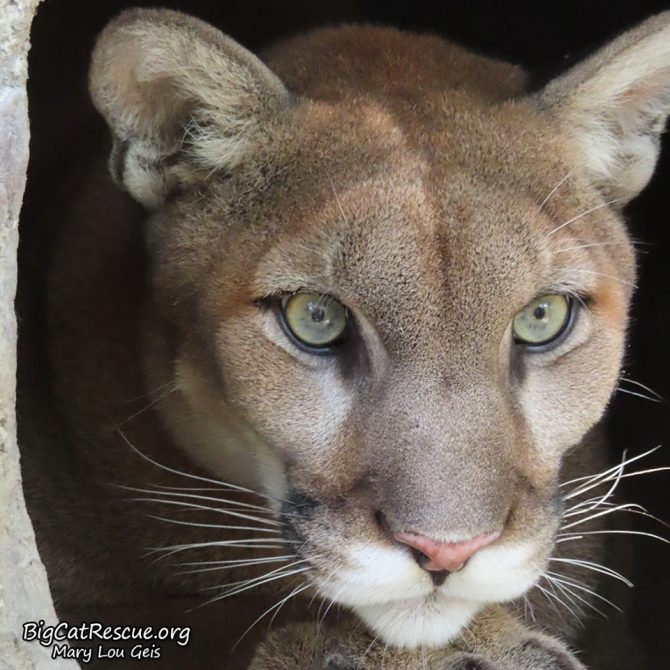


You might also see cougar scat, which is segmented with rounded ends that sometimes, but not always, have a “tail.” Each scat segment from a mature cat measures about 1 to 1½ inches in diameter. In contrast, canine tracks have just two lobes at the heel the soil is typically shoved into a ridge at the top edge of the heel the track sports claw marks and the tracks don’t slant to the left or right. When walking, a cougar’s hind foot steps into its fore track, and its toes slant to the left or right. The big cat’s paw pads leave behind an “M” shape with three lobes at the back of the heel. Mature cougar tracks are 3 to 4 inches in diameter, with no claw marks. According to Kevin Hansen’s book Cougar: The American Lion, cougar tracks are usually cleanly marked, with the cat’s weight evenly distributed. Even in the suburbs, it’s not unheard of (though it’s rare) for cougars to kill, say, chickens or small dogs.Ī sign of a cougar on your property can include paw prints. Still, cougar attacks on humans are uncommon livestock and pets are more likely to become cougar prey. Children, because of their size and swiftness, may be more vulnerable. Quick movements, such as running or bicycling, which make humans resemble prey, sometimes lead to cougar attacks. But how dangerous are these big cats to humans? And how can we protect our livestock from them? Cougar SignsĮxperts such as Debra Chase, CEO of the Mountain Lion Foundation, say that cougars are mostly afraid of humans and don’t see us as potential prey. They’re the ultimate predators, hunting in territories that are generally 50 to 200 square miles. (The largest ever recorded was a whopping 276 pounds!) They can stand approximately 2 to 3 feet tall at the shoulders and measure 8 feet long. There are more than 80 different names for cougar, including “mountain lion,” “puma,” “panther,” and “catamount.” Whatever you call them, cougars are one of the largest felines in North America, with adults weighing from about 60 to 200 pounds. We already knew cougars lived in the area, but now, we realized they were awfully close to our home and livestock. What he discovered gave him chills: cougar claw marks on a tree, as well as a cougar den tucked away in a steep bank. I decided that the dog knew something we didn’t I rounded up the kids, and back to the house we went.Īfter my husband heard the story, he walked back to the scene of our dog’s strange behavior to see if he could find any clues about what upset him. He sniffed the air and growled again, and then he did something he’d never done before and hasn’t done since: He began to pull on his leash, dragging me back toward our house, barking and growling the entire time. The hairs on the back of his neck stood up, and he stared at something I couldn’t see. My children were catching frogs in the pond and I was snacking on salmonberries when, out of the blue, our dog started to growl. That is, until one afternoon, when something disturbing happened. Almost daily, I rounded up the kids and dog to hike through the woods. When we first moved to our long-wished-for rural property, one of the things I looked forward to most was walking in nature. You can read the original article published on Mother Earth News here. Published on Episode #5-Surviving Crisis-Surviving Wildfire with Dr.With an observant eye and some precautions, you can coexist with the pumas around your property while keeping yourself, your livestock, and your pets safe. Published on Episode #6 Surviving Crisis-Helen & John John An Interview with Dr. Published on Episode 7 Surviving Crisis-The Community of John John-With Dr. Mountainlion’s tracks Episode 8-Surviving Crisis-Surviving Covid with Dr. Medical Education focused podcasts that will make you a better learner and teacher.


 0 kommentar(er)
0 kommentar(er)
